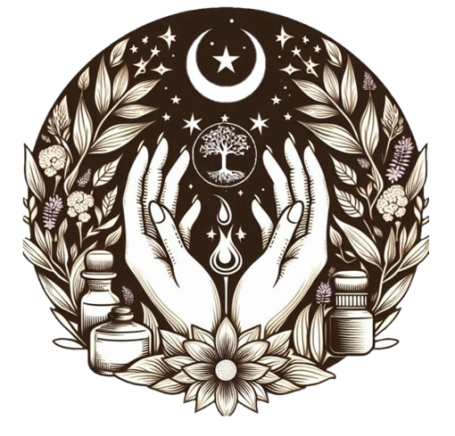Reflexology
What is Reflexology?
Reflexology is a complementary therapy that involves applying pressure to specific points on the feet, hands, ears, and sometimes the face. These points are believed to correspond with different organs and systems in the body, forming a kind of map of the body on these peripheral areas. It is an ancient healing art with roots in multiple cultures. In Egypt around 2330 BCE, tomb illustrations show foot and hand treatments, suggesting early therapeutic practices. In China, the Yellow Emperor’s Classic of Internal Medicine (c. 2700 BCE) described foot therapy as a way to balance qi, while Ayurvedic medicine in India viewed the feet as a reflection of the whole body, using massage to harmonise energy.
Modern reflexology emerged in the early 1900s with Dr. William Fitzgerald’s Zone Therapy, which linked pressure points on the hands and feet to specific body zones. Eunice Ingham later refined this into a full-body map on the feet, coining the term “reflexology” and creating the Ingham Method still used today.
Today, reflexology is practiced worldwide as a complementary therapy, valued for its ability to reduce stress, improve circulation, and support holistic healing—blending ancient wisdom with modern care.
Core Principles of Reflexology
- Zone Theory: The body is divided into ten vertical zones, each corresponding to fingers and toes. Stimulating these zones is thought to affect the organs within them.
- Qi (Vital Energy): In traditional Chinese medicine, reflexology aims to balance the flow of qi, or life energy, throughout the body.
- Nerve Pathways: Reflexologists place pressure on reflex points to calm the nervous system and promote healing.
What a Reflexologist Does
- Uses hands to apply pressure to reflex points to the feet
- Works to restore balance and support the body’s natural healing processes
- Tailors sessions to the individual’s physical and emotional needs
Benefits of Reflexology
- While scientific evidence is still limited, many people report benefits such as:
- Reduced stress and anxiety
- Pain relief (e.g. PMS, labour pain, back pain)
- Improved mood and sleep
- Enhanced circulation and digestion
- System support such as digestion, urinal or reproductive.
- Support during cancer treatment or chronic illness
Foot Reflexology in Practice
- Each foot contains over 7,000 nerve endings
- Pressure is applied to all sides of the foot, including the arch and toes
- Sessions typically last 45–60 minutes, and may feel like a deep, focused massage
- You may feel dehydrated or a little light-headed after as the body is stimulated, full after care and advice is given.
